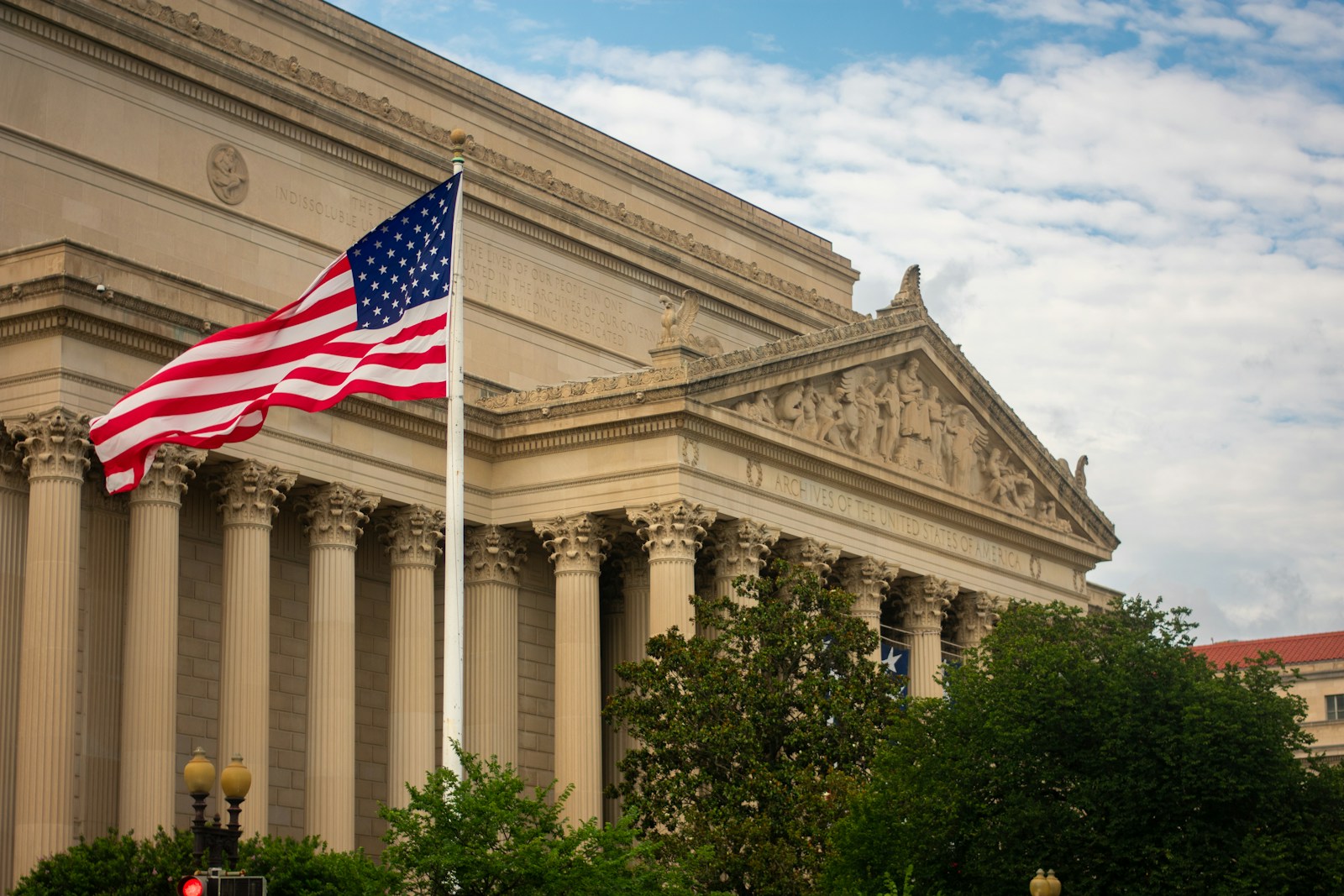Key Takeaways
- The Department of Justice has reversed its stance on the Voting Rights Act in many cases.
- DOJ argues the Section 2 test used for decades is illegal and needs a new rule.
- Voting rights lawyer Marc Elias warns this move could hurt voters before 2026.
- The Supreme Court will soon decide on Louisiana’s voting map challenge.
How the Voting Rights Act Flip Happened
Last week, the Justice Department surprised experts by changing its position on the Voting Rights Act. Marc Elias, a leading voting rights lawyer, revealed the shift on a popular podcast. In a new court filing, DOJ lawyers said they no longer support the long-standing test under Section 2 of the Voting Rights Act. This test has helped protect districts made up mostly of voters of color. Now, the DOJ wants courts to toss it out. Instead, they propose a new standard that separates race from party. Many worry this will make it harder to challenge maps that dilute minority votes.
Why the Voting Rights Act Test Is Crucial
For over forty years, courts used the Section 2 test to spot unfair maps. First, they asked if a group of voters shared race or political views. Next, they checked if the group could elect its preferred candidates. Finally, they looked at the map’s history and politics. If the test failed, states had to redraw lines. This process gave minority communities a voice in elections. However, the DOJ now claims the old test overemphasizes race. They want a rule that ignores racial patterns in voting. Critics say this ignores reality. For example, in many areas, Black voters do vote mostly for Democrats. You cannot simply erase that link without harming minority representation.
Background of the Case
The issue centers on Louisiana’s congressional map. Federal judges struck it down in 2023 for lacking enough majority-minority districts. Lawmakers then redrew lines in 2024. Despite these fixes, Louisiana appealed to the Supreme Court. Both sides presented arguments this spring. The DOJ filed its surprising brief to support Louisiana’s old map. In doing so, they joined the state’s push to end the current Section 2 test. Until now, the DOJ had enforced the Voting Rights Act under both Democratic and Republican administrations. This reversal marks a major shift in how the federal government defends voting rights.
The New DOJ Argument and Its Impact
According to the DOJ, the Section 2 test incorrectly mixes race and politics. They insist that courts must treat race and party affiliation separately. In their filing, they wrote that courts should not assume race drives voting unless proven. Instead, challengers must show they can draw a fair map that helps minority voters without hurting the opposing party. Marc Elias called this approach “nonsensical.” He explained that if Black voters overwhelmingly choose Democrats, no map can prove their political choice is separate from race. Therefore, under the DOJ’s idea, minority voters lose their legal shield unless they can design maps helping Republicans. This new test could make voting lawsuits almost impossible to win.
Concerns for Voters Ahead of 2026
The timing of the DOJ shift raises fresh worries. The next major redistricting will occur after the 2030 Census, but midterm elections in 2026 will use current maps. If courts accept the new test, many challenges to biased maps will fail. As a result, unhealthy voting lines could remain in place for years. This outcome could weaken the voting power of Black, Latino, and other communities of color. Moreover, a weakened Voting Rights Act could embolden states to pass stricter voting laws. Many advocates fear a wave of new laws that restrict voting access. Therefore, the stakes are high for millions of Americans ahead of the 2026 midterms.
Possible Outcomes and What Comes Next
The Supreme Court is set to hear oral arguments next term. A ruling could arrive by mid-2025. If the court upholds the DOJ’s argument, the Section 2 test will change nationwide. States might redraw maps with less concern for minority representation. On the other hand, the court could reject the DOJ’s flip and keep the old test. In that case, challenges to unfair maps would continue under familiar rules. Either way, lower courts will need guidance on how to apply the new or old standard. In addition, Congress may consider new voting rights legislation to clarify the law. Advocacy groups on both sides are already gearing up for a major fight.
Conclusion
The Justice Department’s new stance on the Voting Rights Act marks a turning point in American election law. Marc Elias warns that voters of color could lose crucial protections under the proposed test. With the Supreme Court decision looming, everyone from state lawmakers to grassroots organizers is on high alert. As the 2026 midterms approach, the fate of fair maps and equal representation hangs in the balance.
Frequently Asked Questions
What is the Section 2 test of the Voting Rights Act?
The Section 2 test checks if a voting map unfairly weakens a racial minority’s chance to elect preferred candidates. It examines community cohesion, election history, and the map’s impact.
Why did the DOJ change its position now?
The DOJ argues the existing test mixes race and politics too much. They claim courts must treat race and party affiliation separately to avoid illegal racial considerations.
How could this change affect future elections?
If courts accept the new test, many challenges to unfair maps could fail. As a result, biased districts might stay in place, reducing minority voting power in 2026 and beyond.
What happens next in the Supreme Court?
The Supreme Court will review arguments next term. Its ruling could uphold the new DOJ test or keep the old rules, shaping redistricting law for years.

